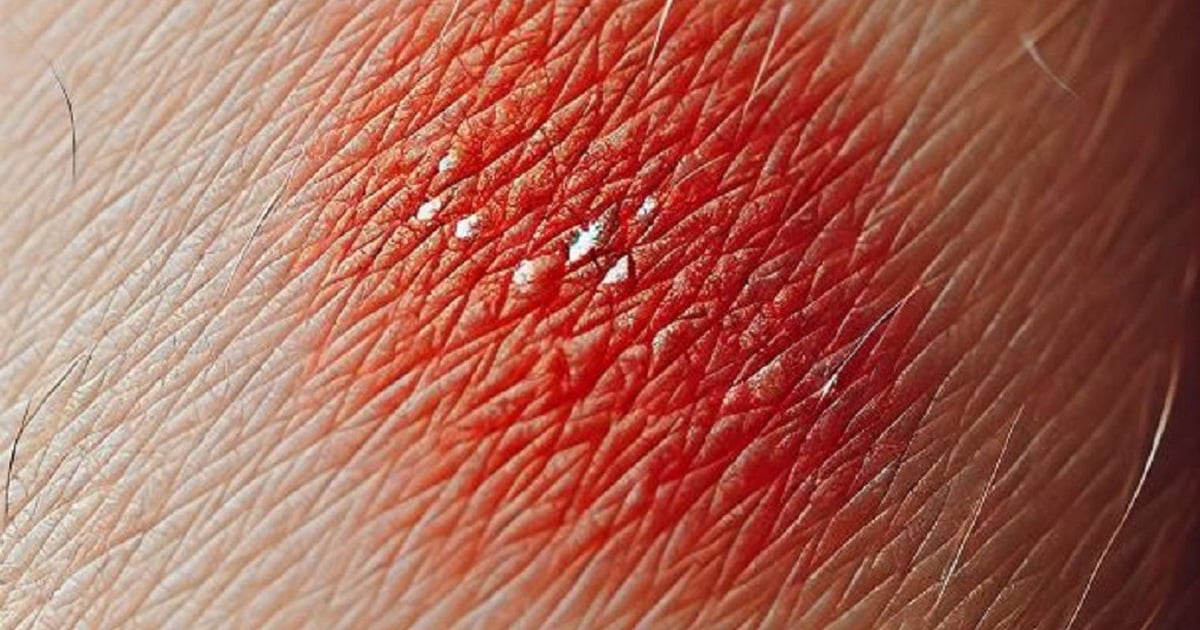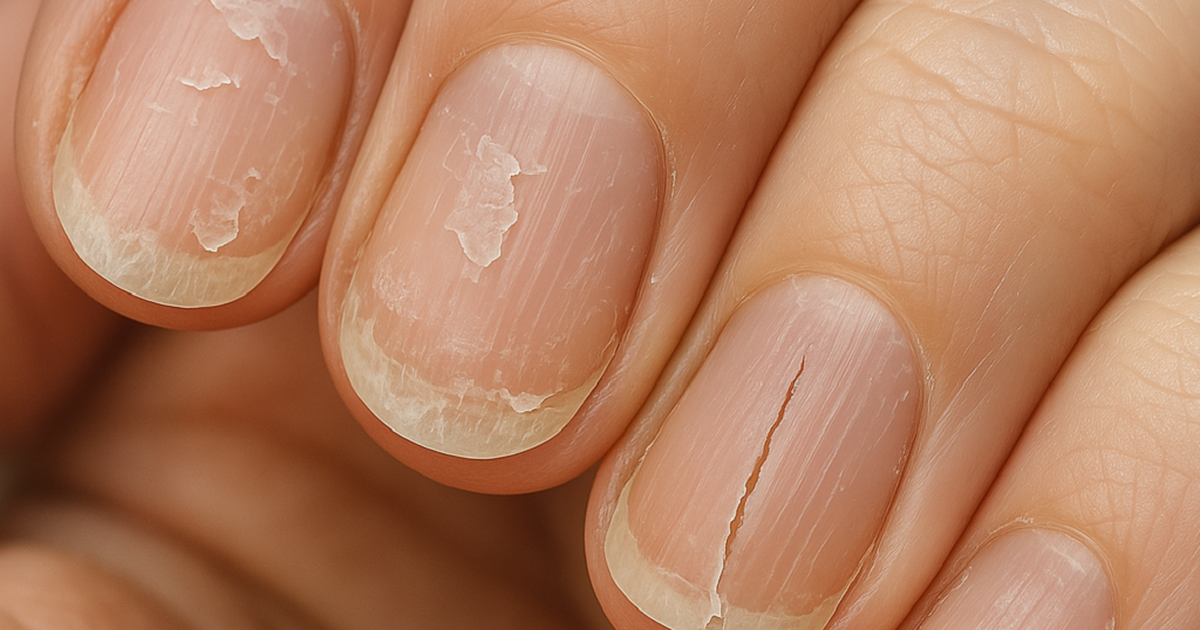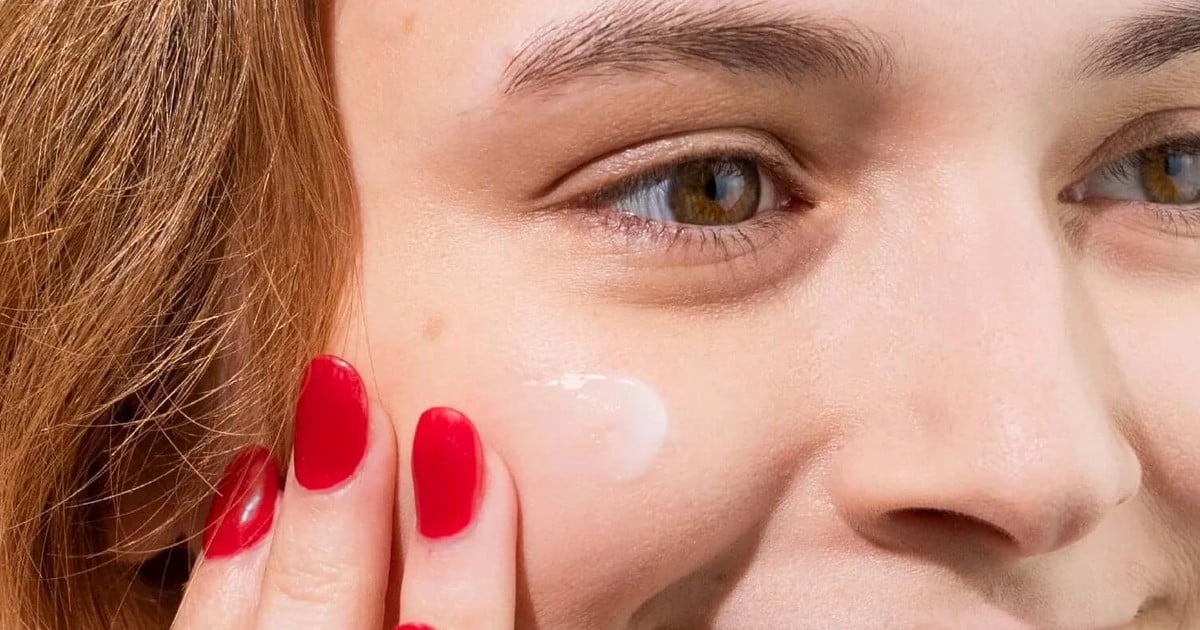I have many moles on my face and neck, is there a high risk of cancer progression? (Ngoc Anh, 37 years old, Bac Lieu)
Reply:
Moles are caused by local hyperplasia of melanocytes beneath the epidermis. Melanocytes often cluster together to form moles, also known as melanomas or pigmented nevi. They produce a lot of melanin at the site of the melanoma, so moles are often brown to black in color.
Most moles are benign and grow slowly, only 1-2 mm in size over 5-10 years. Some moles can develop into malignant tumors, called melanoma. Ultraviolet rays in sunlight hitting the skin cause a photochemical reaction that destroys the cell's DNA structure, producing pyrimidine dimers. This is the main cause of malignant tumors on the skin.
You have a mole on your face but have not specified its size or color, so it is not possible to accurately assess whether it is cancerous or not. Warning signs of a benign mole turning into cancer include a mole that grows rapidly (larger than 6 mm) in a few months, an uneven border, a rough surface, a color that varies from light to dark, discharge, ulcers, etc.
According to the National Library of Medicine, about 10-25% of moles that can develop into malignant tumors are located in the head and neck area, which are areas that are frequently exposed to sunlight. The most common locations are the face (40-60%), scalp (14-49%), neck (20-29%), and ears (8-11%). People who often expose their backs to the sun, and men who have the habit of going shirtless, are also at risk of skin cancer on the back and chest.
Melanoma is a highly malignant cancer that can spread rapidly and metastasize. If not detected and treated promptly, the patient is at risk of death within a few months. Skin cancer in the head and neck area often has a poor prognosis, especially on the scalp.
Melanin protects the skin from the harmful effects of ultraviolet rays in sunlight and prevents sunburn. White people do not have melanocytes, so they do not have melanin and never get dark skin. However, they are susceptible to sunburn and skin cancer if they are frequently exposed to sunlight. On the contrary, people with dark skin, such as those in Africa, have many melanocytes, so they never get sunburned even though they are frequently exposed to sunlight, but they are prone to increased skin pigmentation.
Dr. Dang Thi Ngoc Bich
Department of Dermatology - Skin Aesthetics, Tam Anh General Hospital, Ho Chi Minh City
Readers ask dermatological questions here for doctors to answer
Source link




![[Photo] Visiting Cu Chi Tunnels - a heroic underground feat](https://vstatic.vietnam.vn/vietnam/resource/IMAGE/2025/4/8/06cb489403514b878768dd7262daba0b)




















































































Comment (0)